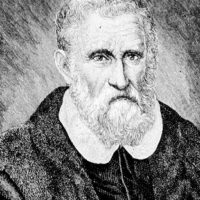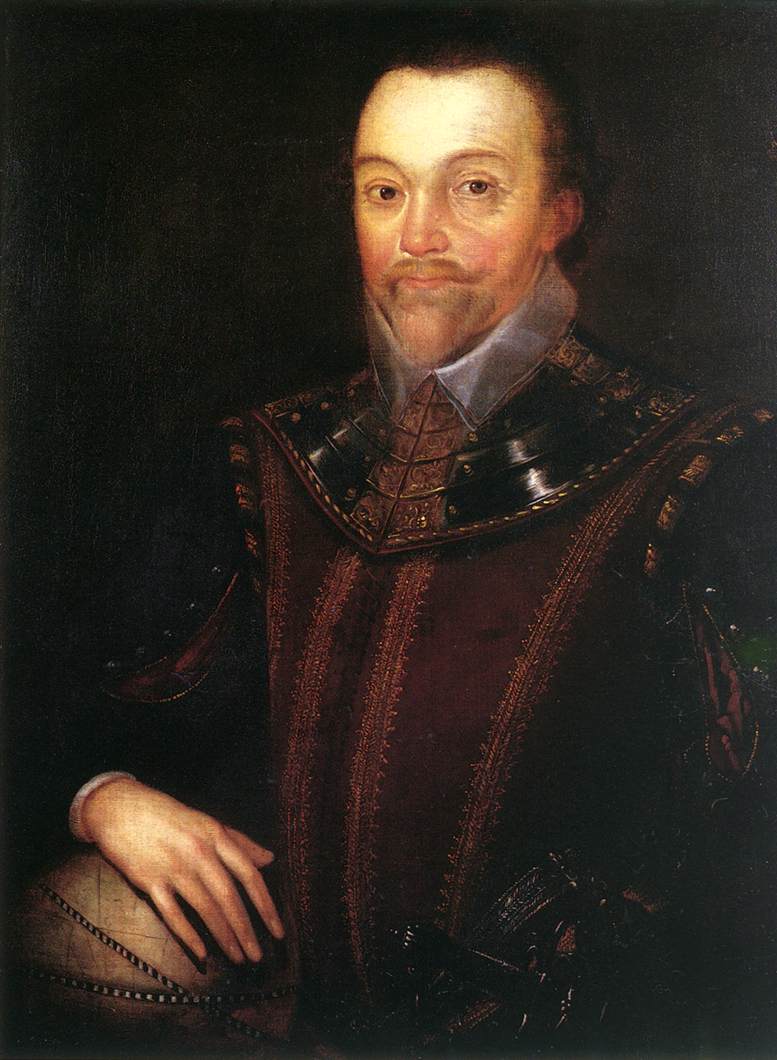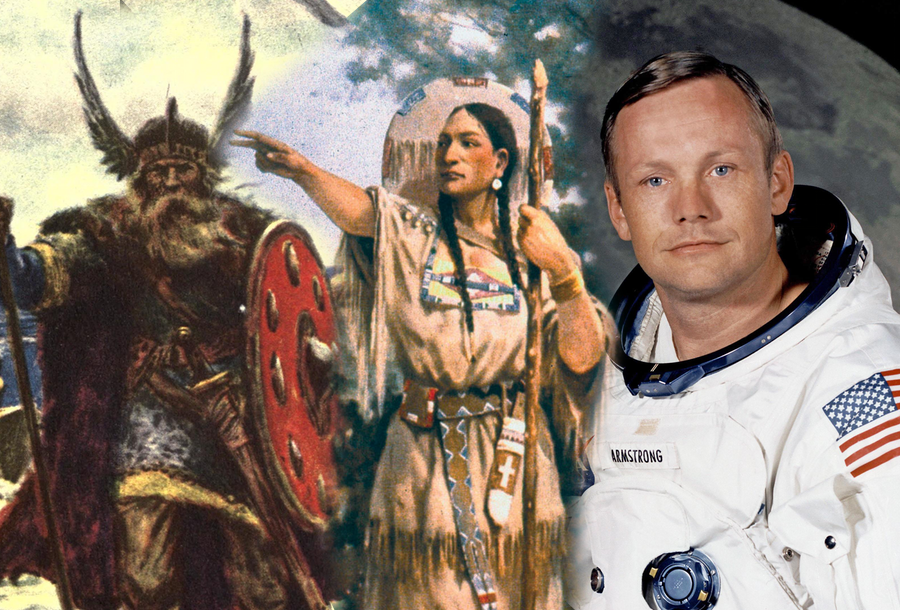Follow the footsteps of some of history’s most influential adventurers who travelled by land, sea and air
Leif Erikson
Icelandic Circa 970-Circa 1020
Whether or not Leif Erikson was the first European to land in North America, he got there 500 years before Columbus did. When King Olaf I sent the converted Christian from Norway to introduce the religion to Greenland, it’s believed Erikson was blown off course and discovered part of North America, which he named Vinland. Whether truly accidental or a deliberate detour based on another explorer’s tale, Erikson went on to build a small Norse settlement in Vinland.

Marco Polo
Italian Circa 1254-1324
At just 17 years old, Marco Polo accompanied his father and uncle on their second trip to Asia, unaware he would spend a third of his life travelling. Residing in the land of Mongol ruler of China, Kublai Khan, Polo was sent on diplomatic missions around China. His closeness to Khan’s daughter resulted in him escorting her to Persia via several south-east Asian countries before returning to Venice. Polo’s adventures encouraged European interest in China and likely inspired Columbus’s later voyages.
Ibn Battuta
Moroccan 1304-1377
Covering over 112,650 kilometres (70,000 miles) and visiting more than 40 modern countries, Moroccan Muslim scholar Ibn Battuta is one of the greatest travellers of all time. Spending approximately 30 years of his life travelling extensively around the Islamic world, as he set out on a pilgrimage, or Hajj, to Mecca, his adventures led him through non-Muslim lands too. Ibn Battuta encountered near-death experiences from bandits to sinking ships, but thankfully lived long enough to tell his tales.
Christopher Columbus
Italian 1451-1506
Christopher Columbus did not ‘discover’ America, contrary to popular belief. Unbeknown to him, natives had lived there for many centuries, and been discovered by other Europeans. However, he stumbled across the continent rather accidentally while taking what he thought was a shortcut from Europe to Asia. Despite others landing there first, Columbus made Europeans more aware of this New World, leading to increased contact between the lands and ultimately the development of the modern Western world.
Ferdinand Magellan
Portuguese 1480-1521
Ferdinand Magellan had a dream: to visit the Maluku Islands. Magellan set off with five ships and more than 200 men, heading west via South America. Unaware how vast the Pacific was, they faced great challenges and many died. The remaining crew reached the islands, where Magellan was shot with a poisoned arrow in a fight with Mactan people, and died. Only one ship and 18 men from Magellan’s crew made it back to Spain.
Sacagawea
American Native Circa 1788-1812
Born into the Shoshone tribe, Native American Sacagawea was kidnapped as a child, then ‘acquired’ by French-Canadian Toussaint Charbonneau, whom she married. When Lewis and Clark led the Corps of Discovery to their North Dakotan camp, they hired the pair as guides. Being female, Sacagawea was a symbol to other tribes that the group was peaceful and harmless, yet played an equally fundamental role in helping to navigate, trade, translate and survive. Remarkably, the trip led them up the Missouri River to Sacagawea’s homeland and family. A true explorer, though, she continued on the expedition, travelling approximately half of the 12,875-kilometre (8,000-mile) expedition.

Francis Drake
English Circa 1540-1596
On becoming a ship’s captain in his 20s, Francis Drake was on his way to fulfilling his dream of finding an undiscovered land in the Pacific. Drake’s travels took him to the Caribbean Sea and Gulf of Mexico before finally embarking on a secret expedition for Elizabeth I to the western coast of North America. At sea for almost three years, his circumnavigation helped identify the true geography of our planet.
Roald Amundsen
Norwegian 1872-1928
Trading a life as a doctor for one as a polar explorer was an easy decision for Roald Amundsen. His heart set on exploring the Arctic, Amundsen quit university and began his adventures via land, sea and air, first sailing through the Northwest Passage. Beaten to the North Pole, Amundsen was determined to be
the first to reach the South Pole, and he was. Subsequently crossing the Arctic by air, Amundsen became one of the greatest polar explorers.
Estevanico
Moroccan Circa 1500-1539
Muslim slave Estevanico was born in Morocco but sold by the Portuguese to a Spanish nobleman, and taken on the Narváez expedition in 1527. Estevanico consequently ended up travelling for almost an entire decade, exploring both modern-day United States and Mexico and experiencing the challenges that accompanied such expeditions. Estevanico was likely the first African to explore the continent, and was one of only a few survivors on this trip, returning as an expedition guide some years later.
Neil Armstrong
American 1930-2012
For some, land exploration just isn’t enough. After serving as a US Navy pilot in the Korean War and becoming a test pilot, Neil Armstrong joined NASA in 1962, later becoming the organisation’s first civilian astronaut to fly in space in 1966. As if this great achievement wasn’t enough, in 1969 he went on to become the first person to walk on the Moon as commander of the Apollo 11 mission.
